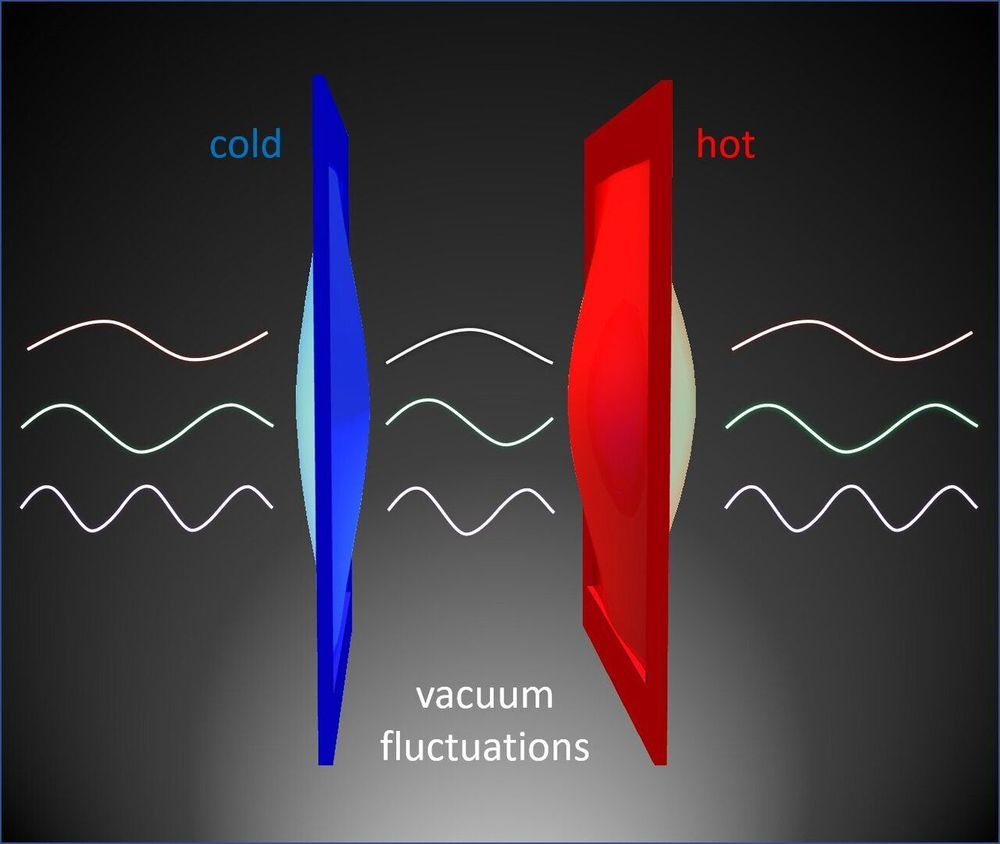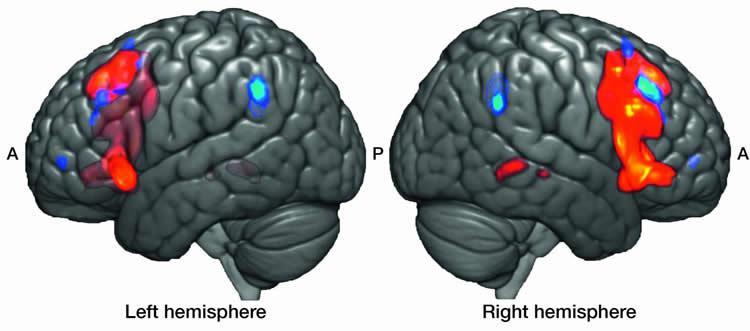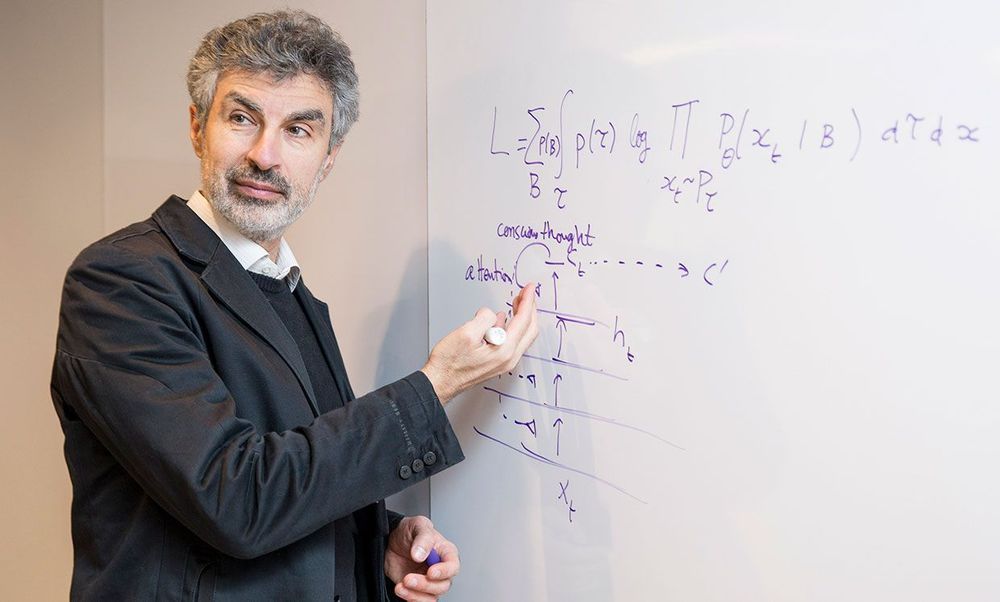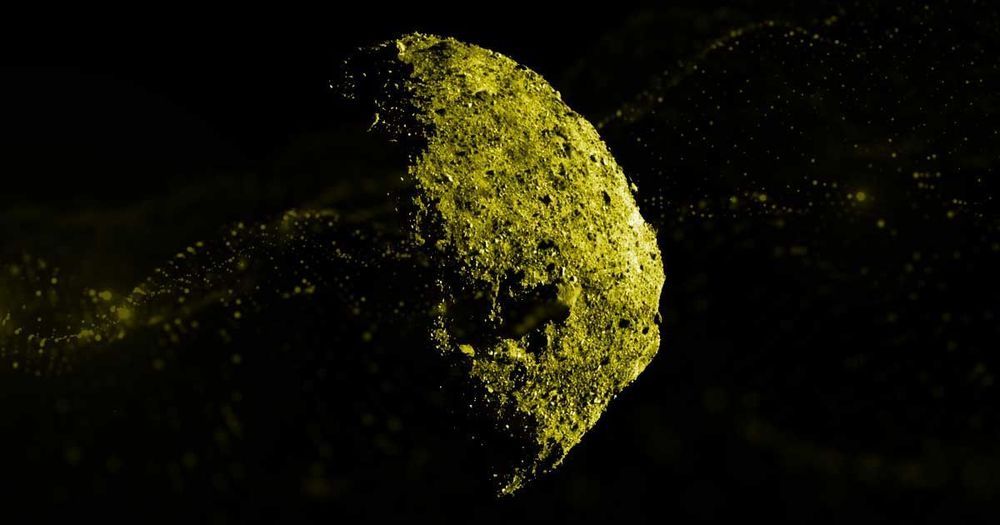Dec 11, 2019
Hoag’s Object Is a Galaxy Within a Galaxy Within a Galaxy (and Nobody Knows Why)
Posted by Quinn Sena in categories: alien life, computing, military, singularity
I believe that this an engineered galaxy by non-terrans. Much like the forerunners from halo the video non-terrans have been almost everywhere in the universe. Some have even 7th density skin and see not just in 3D but in 11dimensions. I think this is a sacred place as it may actually have a life where I think Hoag is actually an ancient alien or a civilization. Maybe perhaps a type 3 civilization alien god. We must be very careful travelling space as we need to see in the full spectrum as the engineers may have left clues but we need to know which are good and which to stay away from. As my theory is that black holes may not be black holes at all they could be universes or even computers. Much like was joked in men in black about non-terrans playing with marbles containing galaxies I think this could actually be a possibility. As most of our current technology reflects minorly what we experienced in Roswell in the 1950s but I think it has gone on for billions of years. I think some are even near gods if not gods even. There is a book called the alien singularity that talks about this advanced technology even earth has so many mysteries not just from military but from hidden things beyond our comprehension that it alludes to non-terran life. There are so many details even today that alludes to very intelligent life that goes beyond even singularity of humans but the singularity of on Terran lifeforms that I would say can be as ancient as the universe itself. That is why we should be thankful for the earth we have as there are just so many mysteries we need to be aware of before we start discovering new civilizations. As these beings can show us so much in technology that it would put today’s technology to shame by a factor of trillions.
Hoag’s object, which is a galaxy within a galaxy within a galaxy, has befuddled stargazers since astronomer Arthur Hoag discovered it in 1950.

















